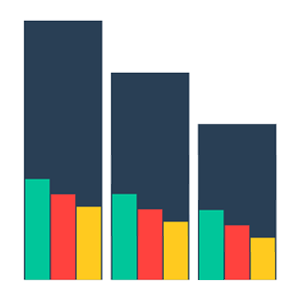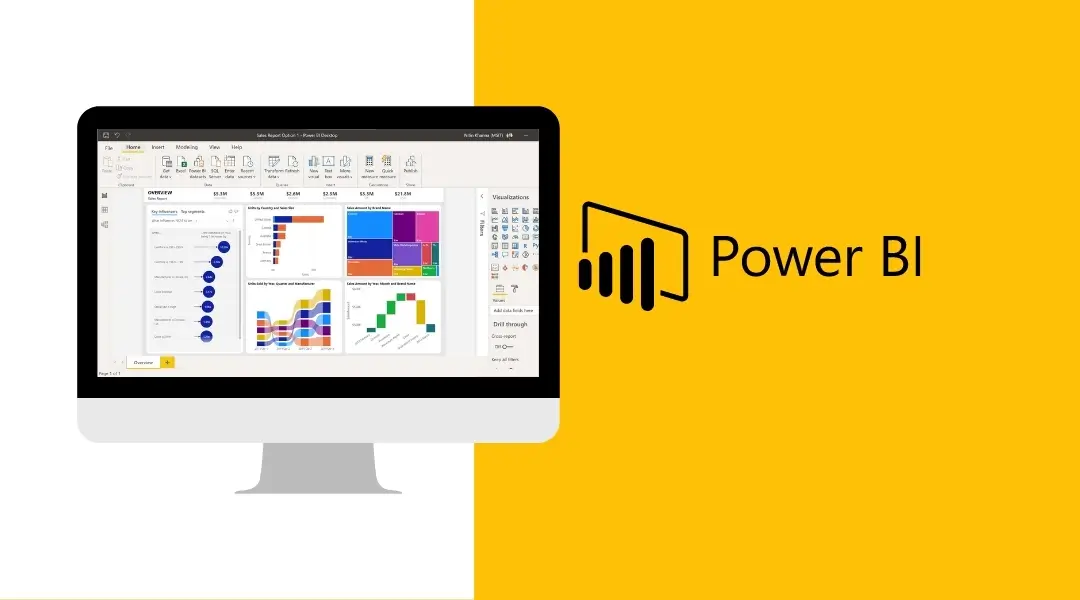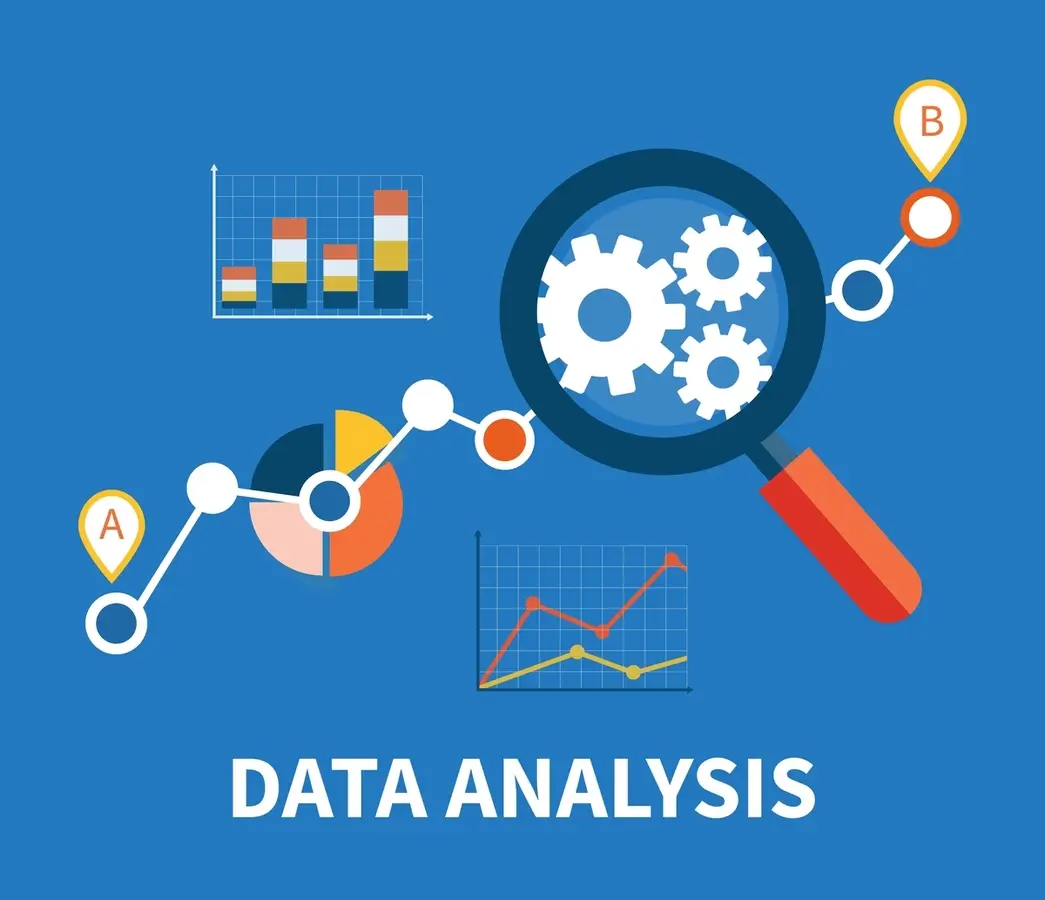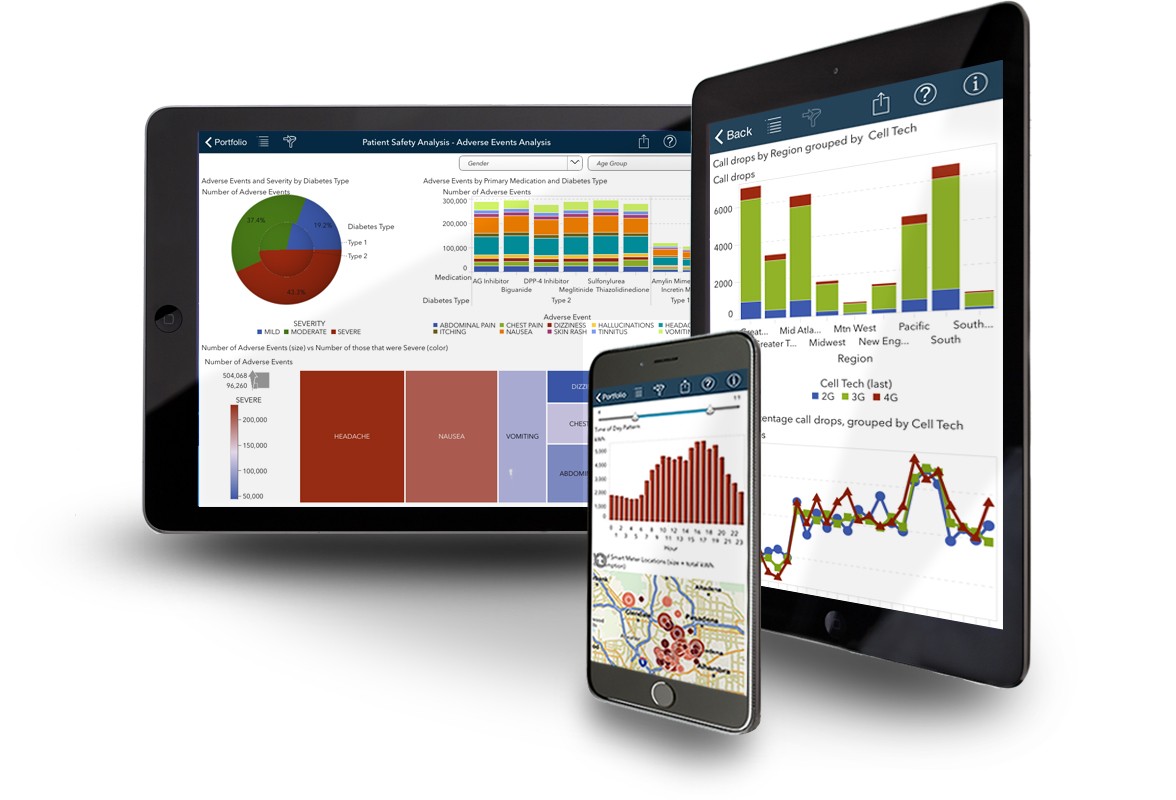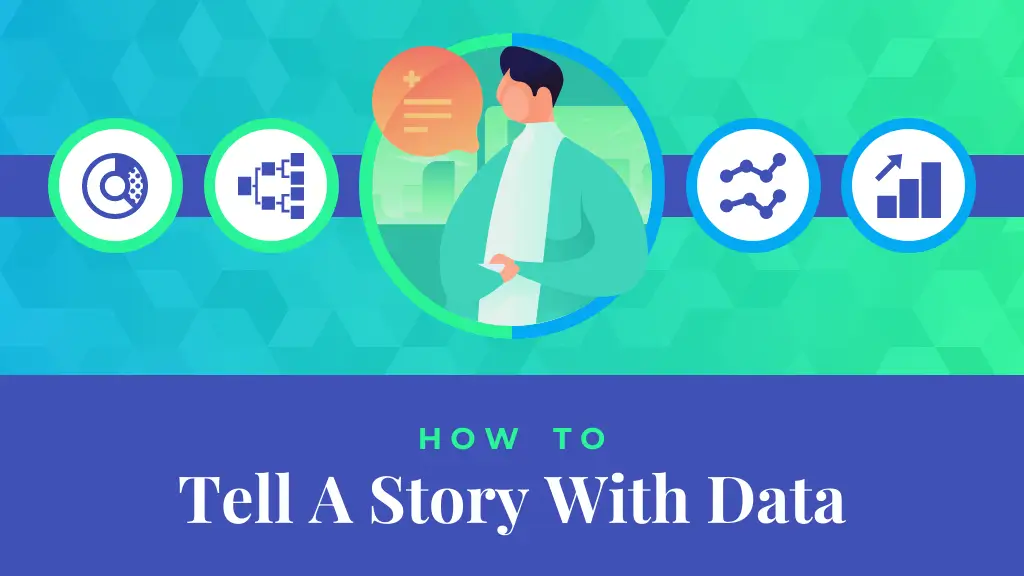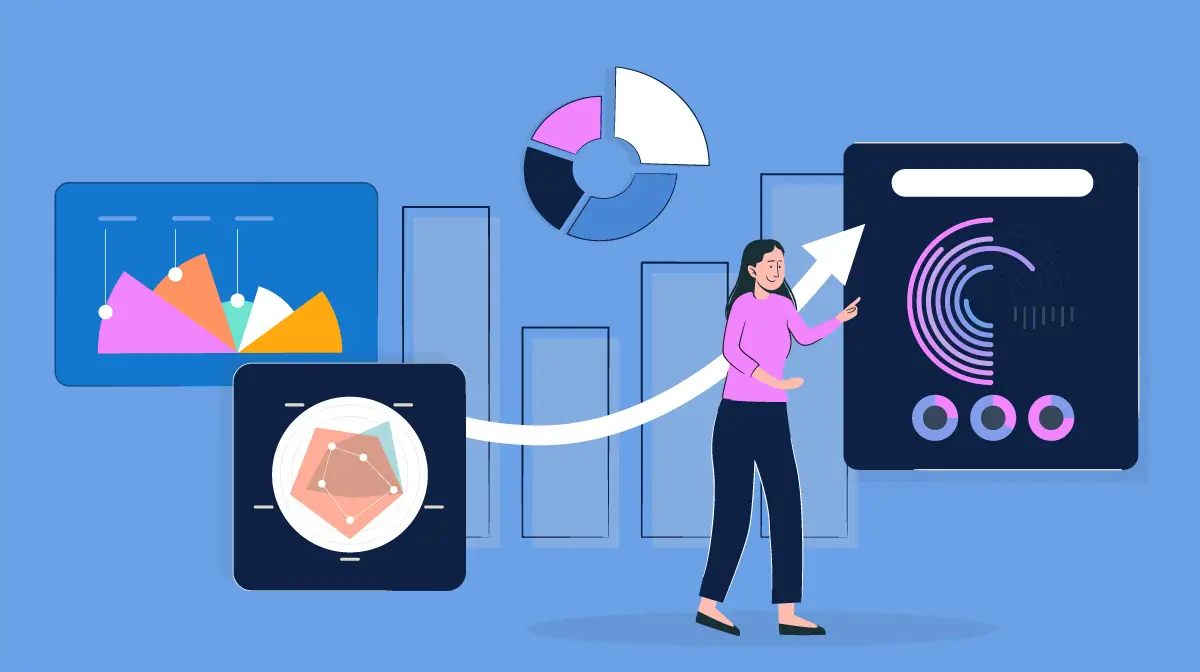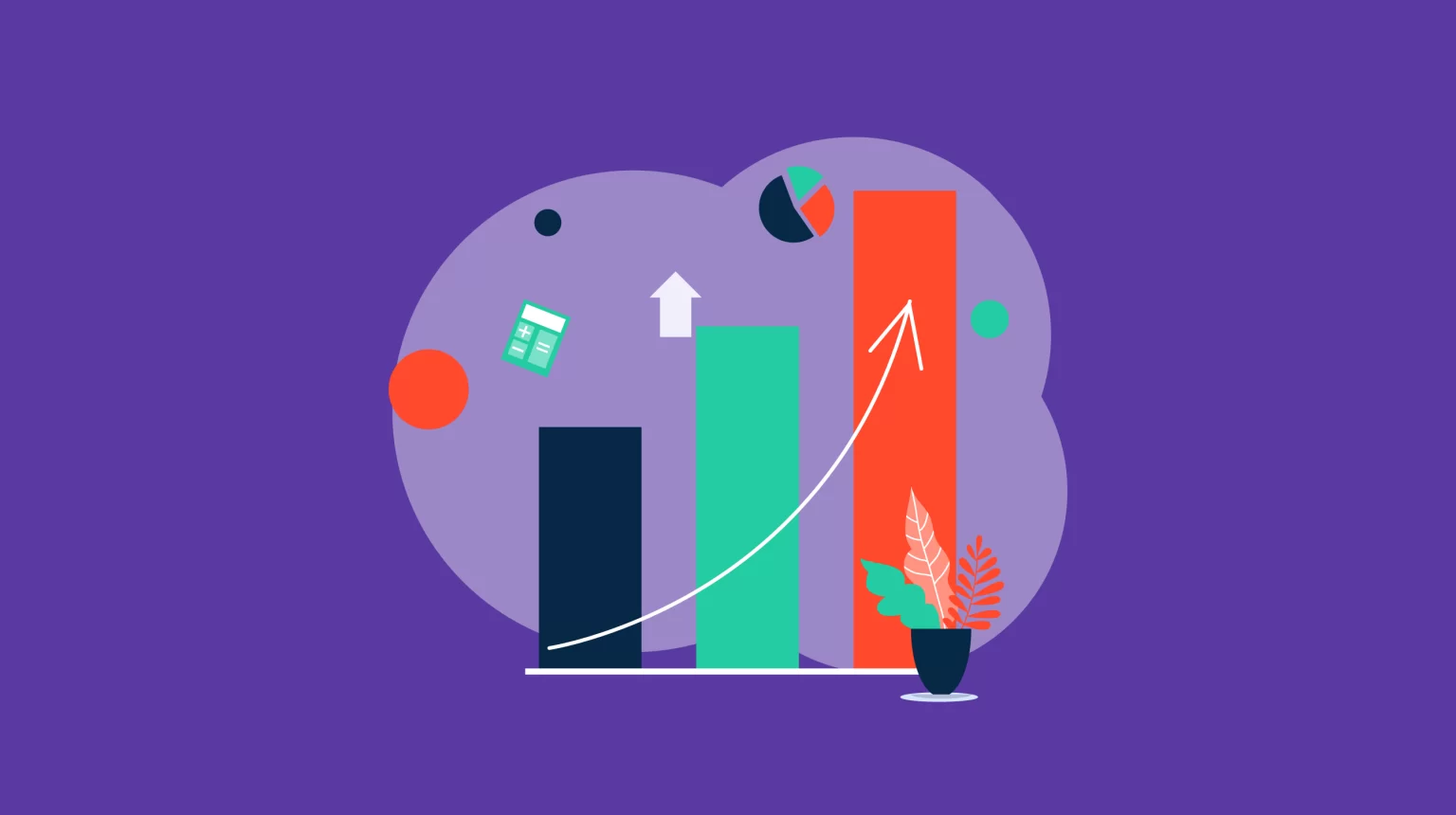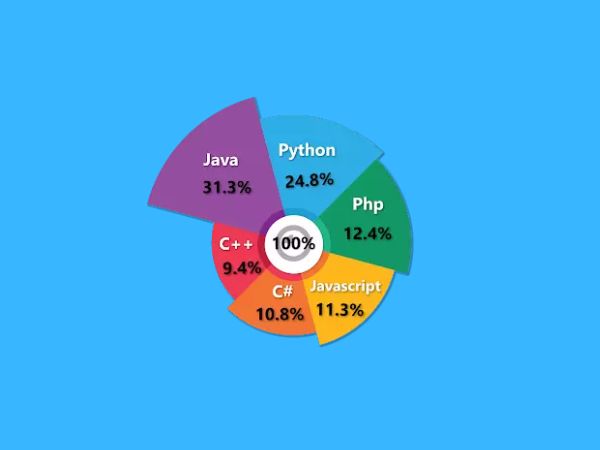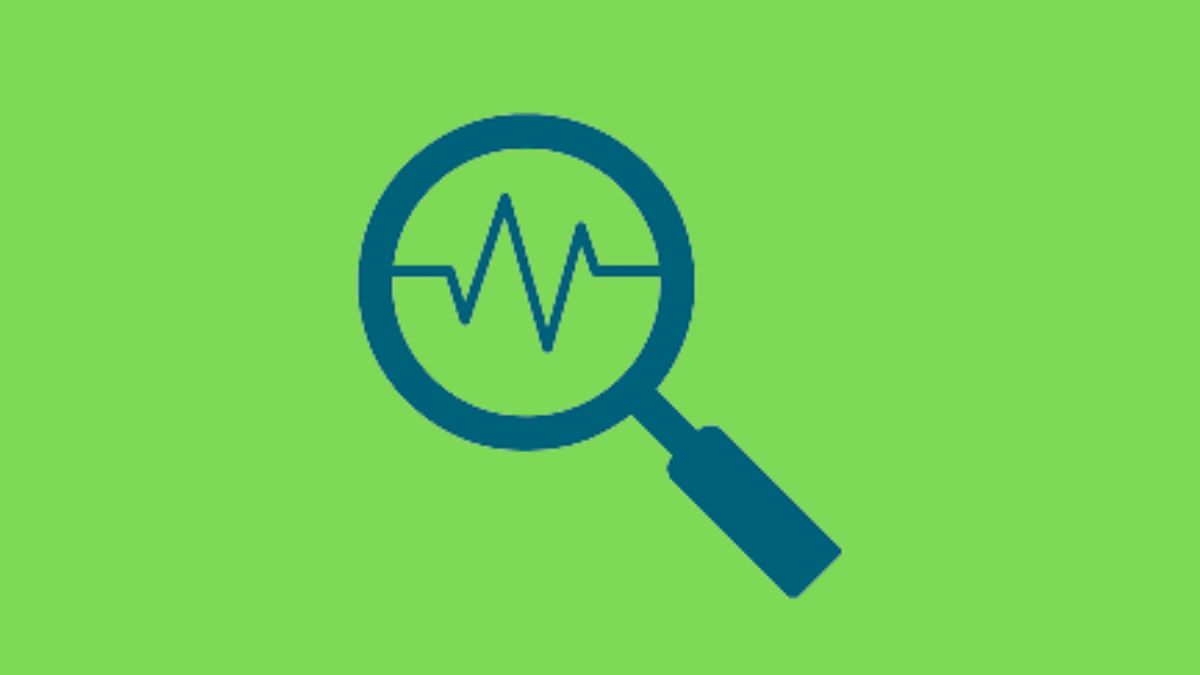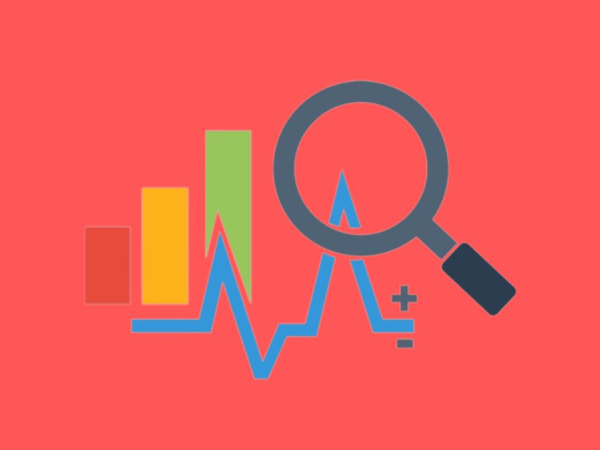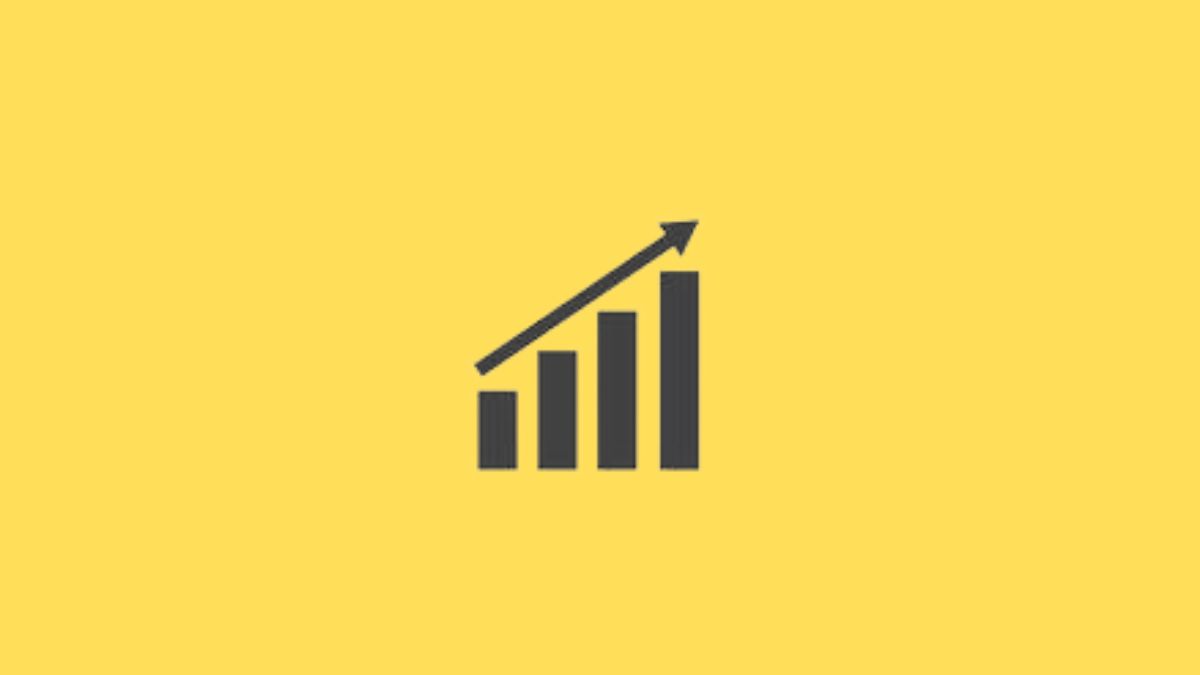Data analytics is a process of examining raw data using statistical and computational techniques to draw insights and make data-driven decisions. It involves collecting, processing, analyzing, and interpreting data to reveal patterns and trends that can help businesses and organizations make informed decisions.

The question of “How low can Data Analytics go?” can be interpreted in a few different ways. One possible interpretation is how small of a dataset can be analyzed using data analytics techniques. Another interpretation is how basic or rudimentary can the analysis be while still providing useful insights. Read the article below to know about more possibilities:
- From a technical perspective, Data Analytics can be performed at various levels of granularity. At the most basic level, it might involve looking at individual data points and drawing conclusions based on those. At a more advanced level, it might involve analyzing patterns across large datasets or using machine learning algorithms to identify trends and insights.
- From a business perspective, Data Analytics can be used by companies of all sizes, from small startups to large multinational corporations. It is often seen as an essential tool for helping businesses make data-driven decisions and stay competitive in today’s fast-paced business environment.
- From a societal perspective, Data Analytics can be used to analyze a wide range of data sources, from social media posts to government data sets. This data can be used to identify trends and insights that can help improve public policy, promote social justice, or address other societal challenges.
Also read: Reasons Why Data Analytics is Important
How low can Data Analytics go
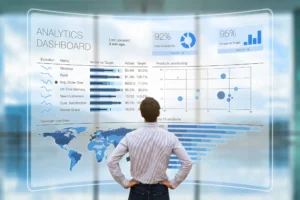
Data Analytics can be performed at various levels of granularity, from examining individual data points to analyzing patterns across large datasets. At its core, data analytics is the process of gathering and analyzing data to uncover insights and make data-driven decisions. The process involves a combination of statistical analysis, data mining, and machine learning techniques to extract meaningful insights from the data.
At the most basic level, Data Analytics can involve examining individual data points to understand specific trends or patterns. For example, a retail store might track sales data for each product to identify which items are selling well and which are not. This data can then be used to make decisions about pricing, promotions, and inventory management.
Moving up the granularity scale, Data Analytics can also involve analyzing data across different periods or regions to identify larger trends or patterns. For example, a marketing team might analyze website traffic data to identify which regions or demographics are most interested in their products. This information can then be used to create targeted marketing campaigns that are more likely to be successful.
At the most advanced level, Data Analytics can involve analyzing large datasets using machine learning algorithms to identify complex patterns and insights. For example, a healthcare provider might analyze patient data to identify correlations between certain medical conditions and lifestyle factors. This information can then be used to create more personalized treatment plans for patients based on their individual health needs.
Regardless of the level of granularity, Data Analytics is an essential tool for businesses and organizations of all sizes. It allows them to make data-driven decisions that are more likely to be successful and can help them stay competitive in today’s fast-paced business environment. Additionally, Data Analytics is increasingly being used to address a wide range of societal challenges, from improving public policy to promoting social justice.
Data Analytics process

- Define the Problem: The first step is to define the problem you want to solve or the question you want to answer with data. This involves understanding the business objectives, the data available, and the target audience.
- Data Collection: The next step is to collect the relevant data needed to address the problem or question. This may involve collecting data from various sources, such as databases, APIs, or data files.
- Data Cleaning and Preparation: Once the data has been collected, it needs to be cleaned and prepared for analysis. This involves removing any duplicate data, handling missing values, and transforming the data into a format that is suitable for analysis.
- Data Analysis: In this step, statistical and mathematical methods are used to analyze the data and extract insights. This may involve using tools such as data visualization, clustering, regression analysis, and machine learning algorithms.
- Data Visualization and Presentation: The insights gained from data analysis need to be presented clearly and concisely in that is understandable to the target audience. This involves creating visualizations, such as charts and graphs, and preparing reports or presentations.
Benefits of Data Analytics
One of the key benefits of Data Analytics is that it can be used to analyze a wide range of data sources. For example, it can be used to analyze social media posts to identify trends and sentiments around certain topics. It can also be used to analyze government data sets to identify patterns and insights that can help inform public policy decisions.
Another benefit of Data Analytics is that it can help organizations become more efficient and effective. By analyzing data about their operations and processes, organizations can identify areas where they can improve and make changes that will result in cost savings or other benefits.
Conclusion
In conclusion, the question of “how low can Data Analytics go” is an interesting one that highlights the wide range of applications and possibilities for this important field. Data Analytics can be performed at various levels of granularity, from examining individual data points to analyzing patterns across large datasets using machine learning algorithms. Regardless of the level of granularity, Data Analytics is an essential tool for businesses and organizations of all sizes, and it is increasingly being used to address a wide range of societal challenges.

